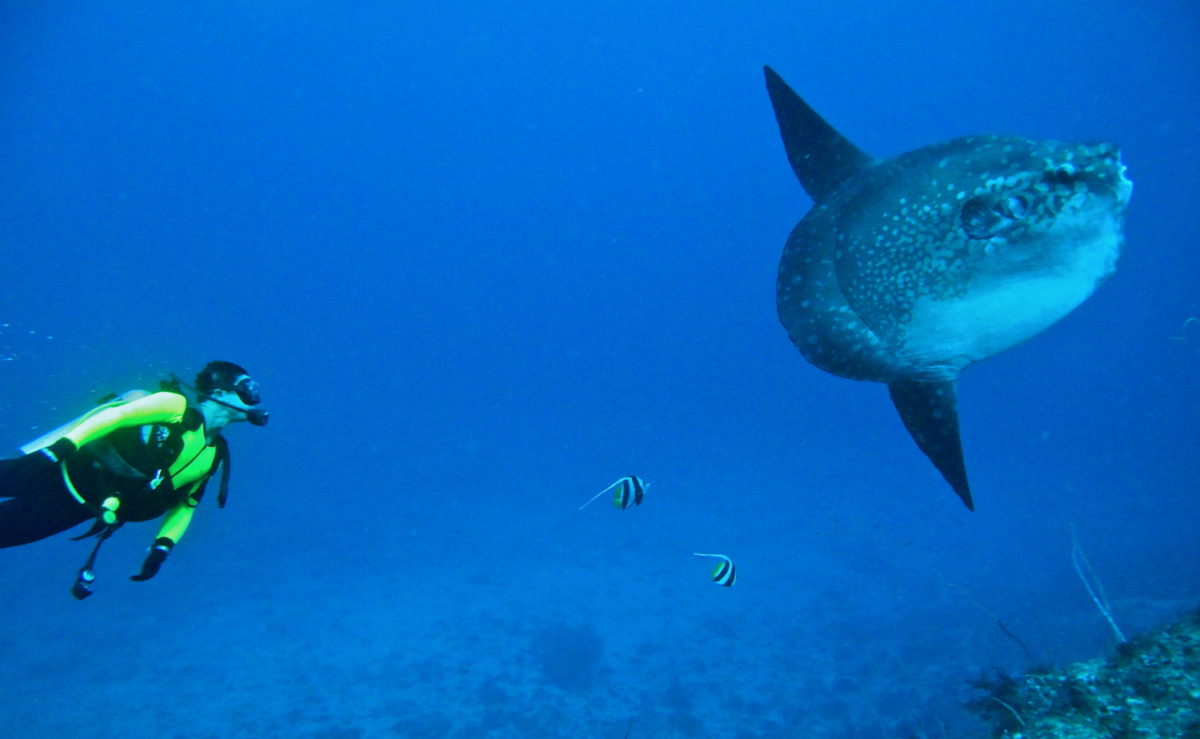Finding Mola
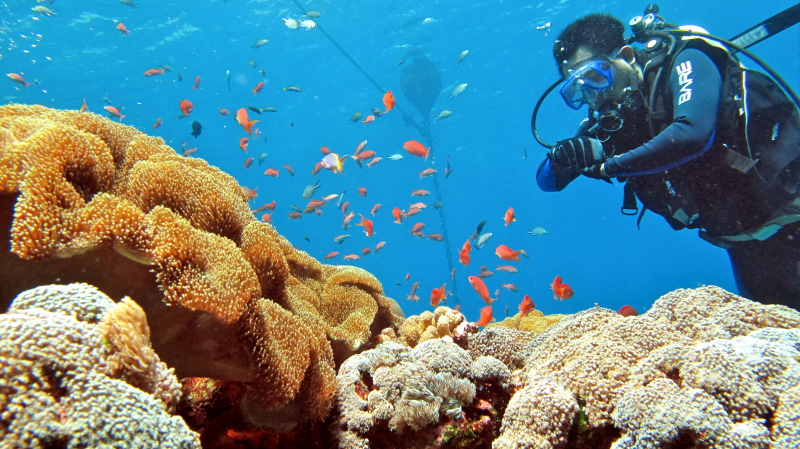
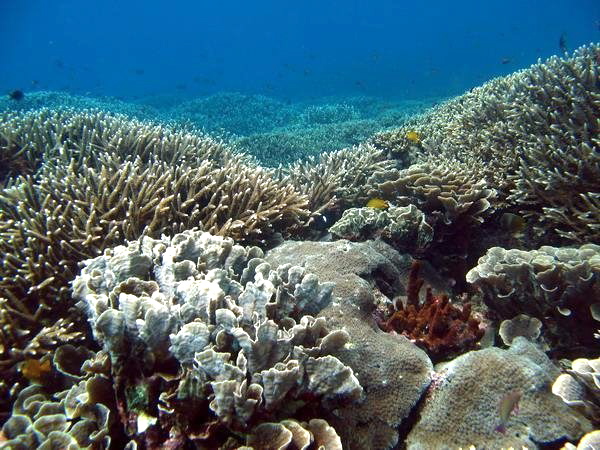
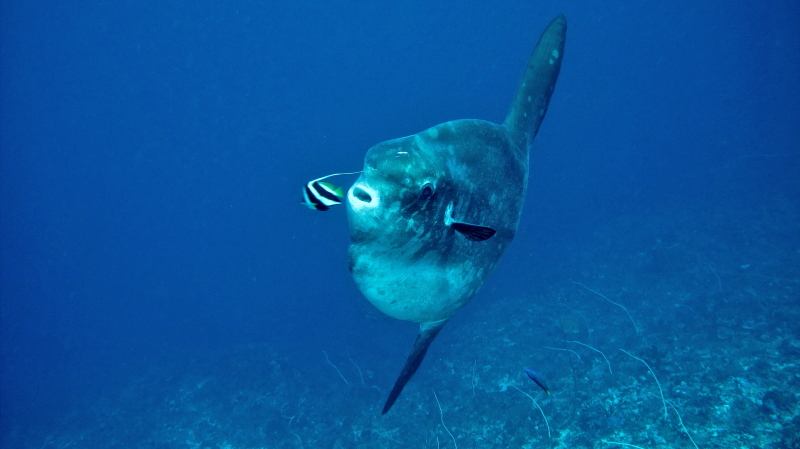 I shudder at the thought of hypothermia. At a chilly 19º Celsius and 30 metres down, my three-millimetre wetsuit is no match for the brutal thermocline: the wild temperature variations as steep as 8º Celsius in the space of mere metres. I rub my arms vigorously in an attempt to maintain my body temperature. We are on a hunt. Photo hunt, that is.
I shudder at the thought of hypothermia. At a chilly 19º Celsius and 30 metres down, my three-millimetre wetsuit is no match for the brutal thermocline: the wild temperature variations as steep as 8º Celsius in the space of mere metres. I rub my arms vigorously in an attempt to maintain my body temperature. We are on a hunt. Photo hunt, that is.
“When I dive, I feel alive. Everything else is just a surface interval”, said Dr. Phil Nuytten, a renowned Canadian ocean explorer. A statement I can easily relate to. I am blessed, as I live in the highlands of Bali. For a scuba fanatic, it’s a dream come true. I often feel the need to descend from the hills to answer the call of the ocean and lubricate my lungs. The beauty of living on a tropical island is that world-class dive spots are simply a phone call and an hour’s drive away.
Divers from all over the world congregate in Bali between July and October to catch a hopeful glimpse of the migratory Ocean Sunfish, also known as Mola-Mola (from the Latin word for millstone, aptly used to describe their roundish figure). These magnificent creatures currently hold the record for the heaviest bony fish on earth; a 3.1-metre long specimen weighed in at 2,235 kg (Carwadine, 1995).
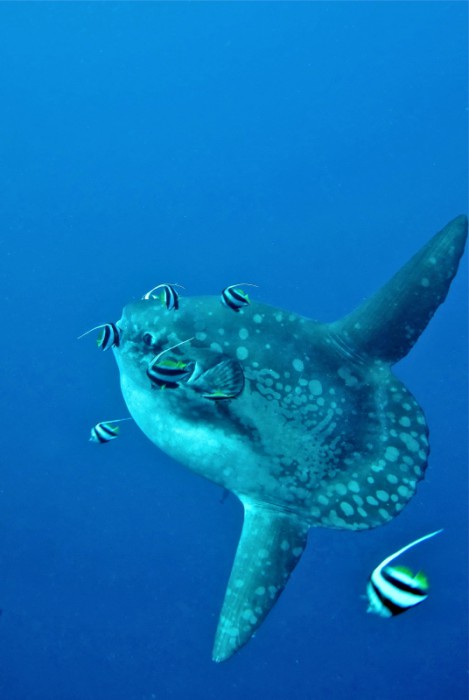
Mola-Mola spend much of their time at cold depth feeding on their favourite diet: jellyfish. Their coarse sandpapery skin is covered with up to 40 different genera of parasites. Occasionally they emerge from the deep to rejuvenate at cleaning stations where schools of bannerfish await, eager to offer parasite riddance services. And one of these cleaning stations is conveniently located at Bali’s own Nusa Penida, a mere 40-minute boat ride from Sanur Beach.
Nusa Penida is the largest of three islands (Nusa Lembongan and Nusa Ceningan) lying off the southeast coast of Bali. This 17-kilometre long island is home to stunning corals and diverse marine life. It is a diver’s playground with numerous dive sites worthy of exploring: Crystal Bay, Blue Corner, Bat Cave, SD, and Toyapakeh, to name a few. Besides hosting the Mola-Mola’s seasonal migrations, Nusa Penida is also home to Manta Rays at Manta Point.
It is a gorgeous mid-July day at Crystal Bay – a signature dive site in Nusa Penida famed for the most consistent Mola sightings. The site isn’t named “Crystal Bay” for nothing; the waters are so clear it seems as if we’re looking through a piece of glass. I’m accompanied by my dependable dive buddy, I Made Wirawan, the founder of Bali Marine Diving, who comes equipped with his natural ability to detect Mola-Mola from a great distance. Mola sightings are dependant on various dive conditions: weather, time of day and month, and dive traffic.
Made signals for me to follow him. We descend further and come to a halt at a sloping reef, facing the open ocean with bated breath. We have limited time to stick around at the risk of running low on air and facing decompression sickness. My heart is racing and I no longer feel the icy water. And there it is, a 3-metre wide Mola parking motionlessly. Six overzealous bannerfish are feasting on its parasite-infested spotty silver skin. The Mola seems to be at peace with this complimentary grooming ritual. It’s a pretty bizarre-looking fish with a massive head, rounded tail, and long sweeping fins atop and below.
I manoeuvre myself carefully as not to disrupt its spa session. According to several reports, the Mola also habitually rests flat at the surface of the ocean to sunbathe, hence the common name “ocean sunfish”. A series of questions run through my head: Why do they choose to come to Bali? Where do they go from here? How do they reproduce? What are their roles in the marine environment? And how many are there left in this world?
Startled by a group of oncoming divers, it swiftly wakes up from an apparent trance. Its initial glide is smooth and graceful, but within seconds it speeds up and disappears into the abyss, leaving behind disappointed bubble-makers.
In mid-October last year I had the pleasure of meeting Dr. Tierney Thys, a passionate Californian marine biologist, a National Geographic Emerging Explorer and a filmmaker, during her workshop to the students of Green School, Bali’s innovative answer to alternative education. She was on a mission to place satellite tags on the Mola and collecting tissue samples for genetic and toxin analysis in the hope of uncovering the secrets of these remarkable creatures.
Dubbed as “the next generation’s champion of ocean exploration” by National Geographic, Dr. Thys and her team have dedicated almost a decade travelling the world’s ocean and studying the mysterious ways of the Mola. Despite their massive size, the Mola remains a creature of mystery; we still don’t know much about their reproductive cycle, population, migratory route, and hunting habits.
“It’s got these big eyes and a goofy look that draws you in to the ocean environment and sparks more questions”, claimed Dr. Thys. “We want to get people thinking about the ocean and not thinking that land is separate from the ocean but that it’s a big continuum. We can’t have healthy land with an unhealthy ocean.”
It is easy to have a certain expectation of entitlement when you’ve come a long way to see the Mola, but keep in mind that the well-being of the marine life comes first. Go with a reputable dive company with safety-minded dive instructors, be prepared for strong unpredictable currents, and respect the sanctuary of the Mola.
One can’t help but feel humbled in the presence of such evolutionary prehistoric creature. Human civilization is a mere drop in the ocean. Scuba divers and other ocean explorers have been given the privilege of witnessing some of Nature’s most incredible masterpieces. We are stewards of the ocean and with this come a great responsibility to raise awareness and protect Earth’s underwater inhabitants.
To learn more about Dr. Thys and her research or to adopt a Mola-Mola, please visit www.oceansunfish.org
Recommended Dive Centre:
Bali Marine Diving
T: (+62) 361 270386 / 289308 / 288776
E: info@balimarinediving.com
www.balimarinediving.com
Notes:
This article was first published in Garuda – The Magazine of Garuda Indonesia – September 2009.
Photos by Meliana Salim.

